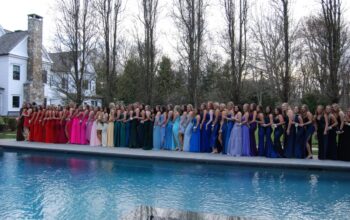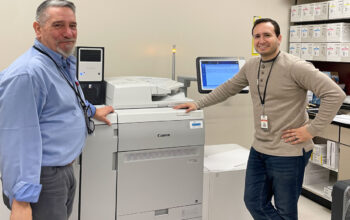httpv://www.youtube.com/watch?v=SmFJlvMFBoo
Tyler Kendall
Features Editor
The loud sirens of a fire engine may tell you when junior Mike Donnelly is coming from miles away. Whenever Mike gets the chance, he hangs out at the Pound Ridge Fire Department or suits up for a ride in a roaring engine. “When I’m getting ready I think of anything that can happen, anything that can go wrong,” he said. “You’re preparing for the worst, but hoping for the best.”
Students under the age of 18 though, like Mike, that want to help out have to look farther from home due to the age requirement to become a volunteer firefighter in Connecticut. “In New York state you can be 15 to start training and to join the department,” Mike said. “Then when you turn 16 you can start going to calls and you get a pager.”

Volunteers must go through training in order to become certified to serve. “Every Monday night we have company drills,” Mike said.“You practice throwing ladders or running hose lines into a building.”
There are also specialty drills that take place for preparation. “Last month we did ice rescue drills where we cut holes in the ice and practiced pulling someone out of a frozen lake with dry suits on. So it changes month to month,” Mike added. “Over the summer we got a bunch of old cars from the dump and we practiced using the jaws of life on them, then the next week we set them on fire to practice car fires.”
According to firefighter Nick Rienzi, training is not the only essential component for becoming a firefighter. “I think that the most important traits are probably determination, willingness to do anything and you have to be hardworking,” he said. “Obviously, there is no pay involved, so there has to be something else that needs to spark inside of somebody in order to get them to come out in the middle of the night and get out of their beds to come to a call.”

The responsibilities for volunteer firefighters vary. “We have a lot of responsibilities as unpaid, volunteer firefighters,” volunteer Zach Danzker, a junior at Fox Lane High School, said. “Like one minute we could be doing our SAT prep and the next minute the pager could go off and we have to be 15 minutes away helping out with a structure fire, so it’s really quick-thinking kind of jobs.”
Firefighters are called for a variety of jobs and no matter how prepared, they can never know exactly what to expect. “Every call can be different so you have to think on your feet,” Mike said. “Anything can happen so you got to be ready.”
John Pasalic, a volunteer and a junior at John Jay High School, agreed with the anticipation before a call. “I always try to calm myself down,” he said. “I’ll even sing to myself if I have to.”

For many students, the motivation behind the decision to volunteer came from family influences. “I became a volunteer firefighter because when my dad was my age, he was a volunteer at Darien and Noroton Heights,” junior Garrett Gould said. “I just wanted to follow in his footsteps.”
Mike agreed. “My uncle when I was growing up was a volunteer firefighter and I always looked up to him, he really inspired me. He’s been a firefighter his whole life,” he said. “I like to help people a lot, so this was a cool way to do it, and it’s really fun.”

The decision to become volunteer firefighters is something that will impact the students’ lives in the future. “I would like to join the airforce and become a firefighter for them,” Garrett said. “For plane crashes, work on aircraft carriers or bases, anything for them I would want to do when I get older.”
Mike added the importance of the lessons he has learned so far as a volunteer. “Common sense is the biggest thing that we learn here,” he said. “It doesn’t make a lot of sense to go into a burning building, but when there is someone inside, it makes a lot of sense.”



